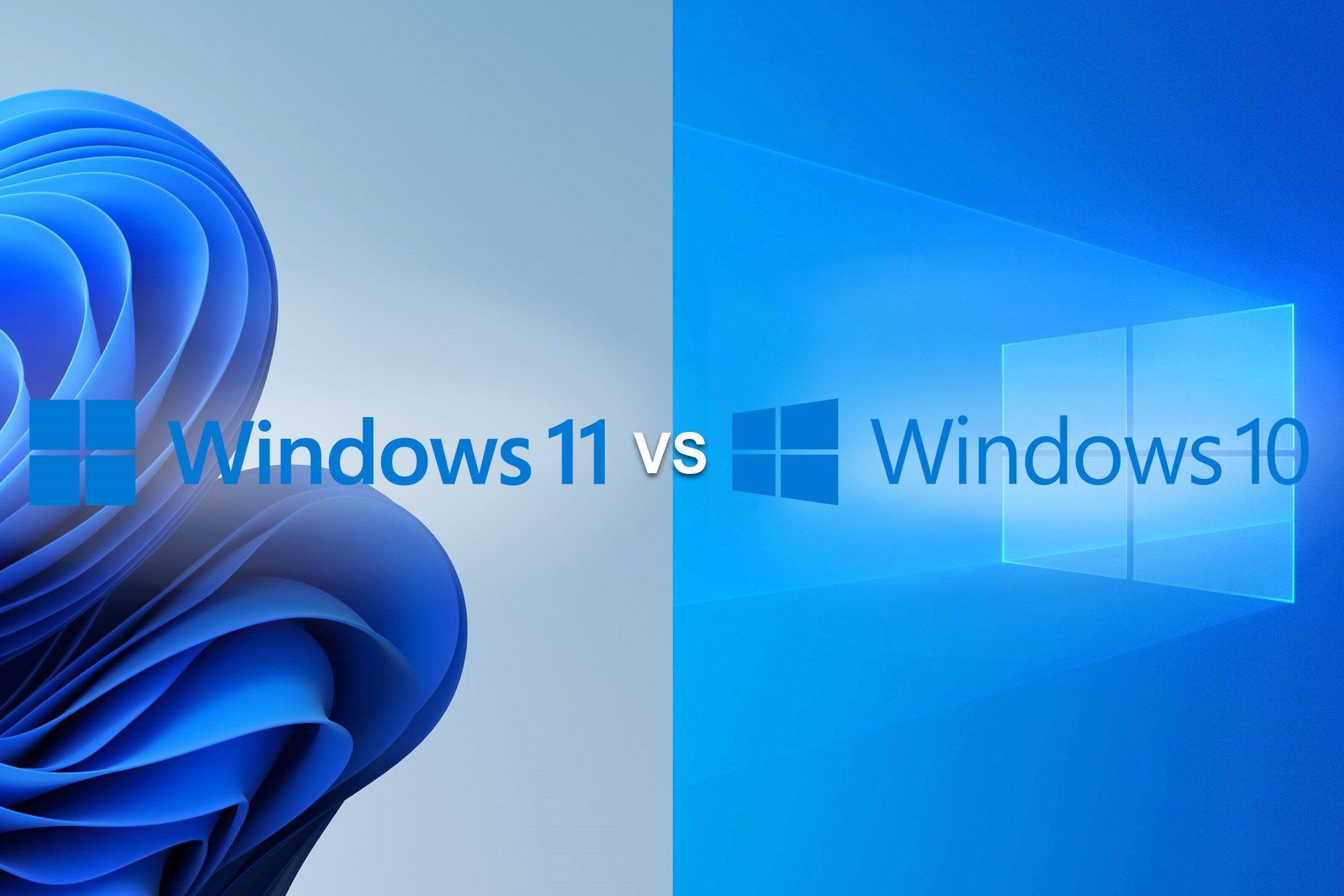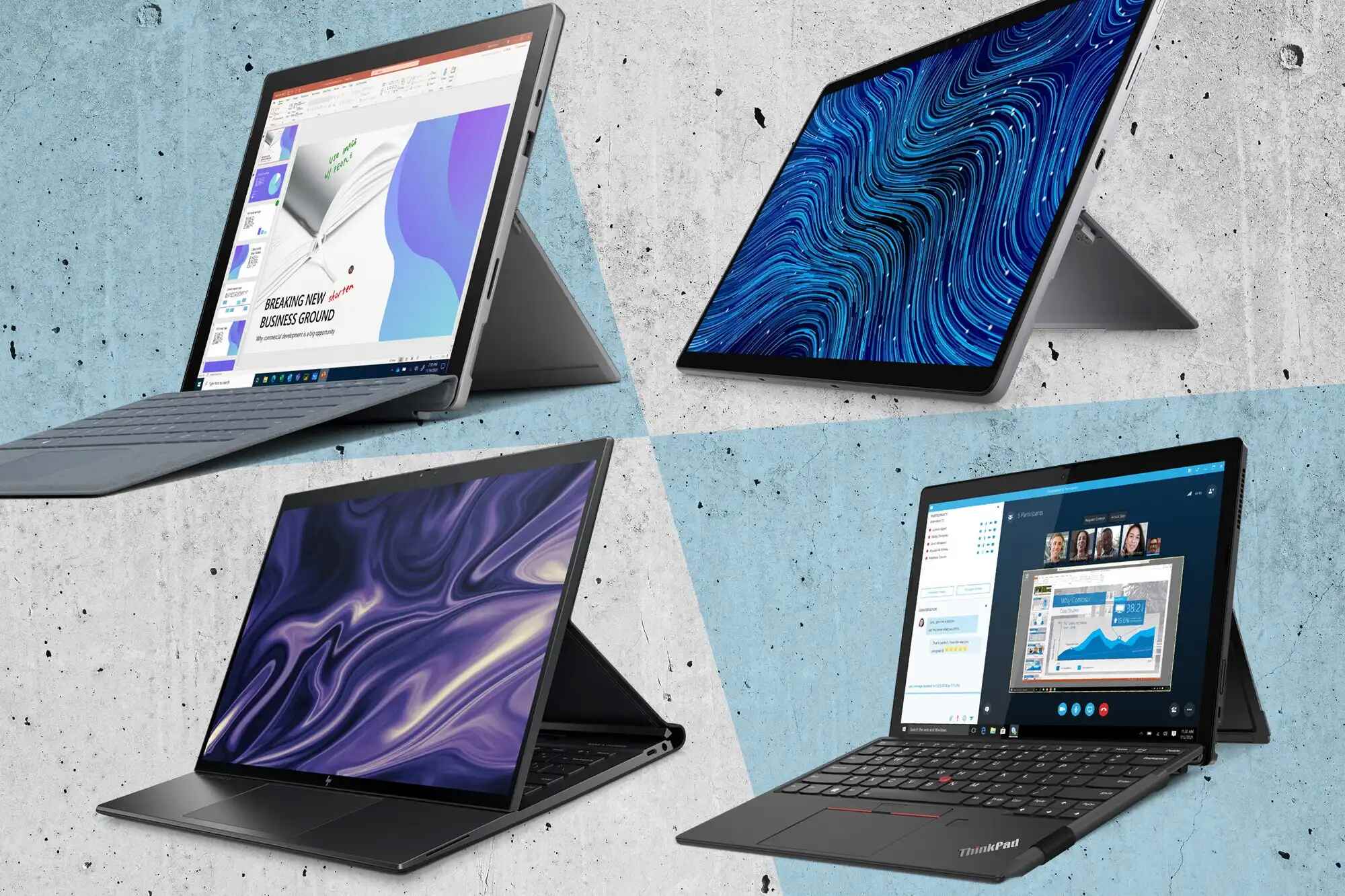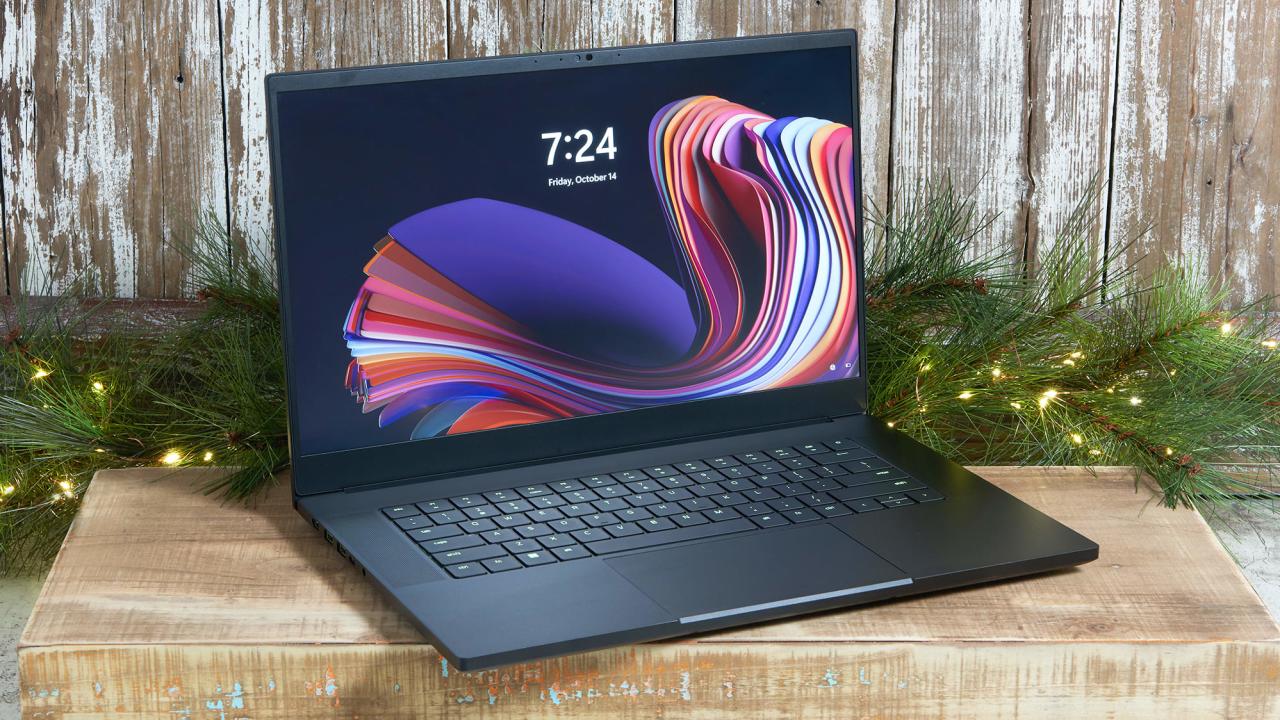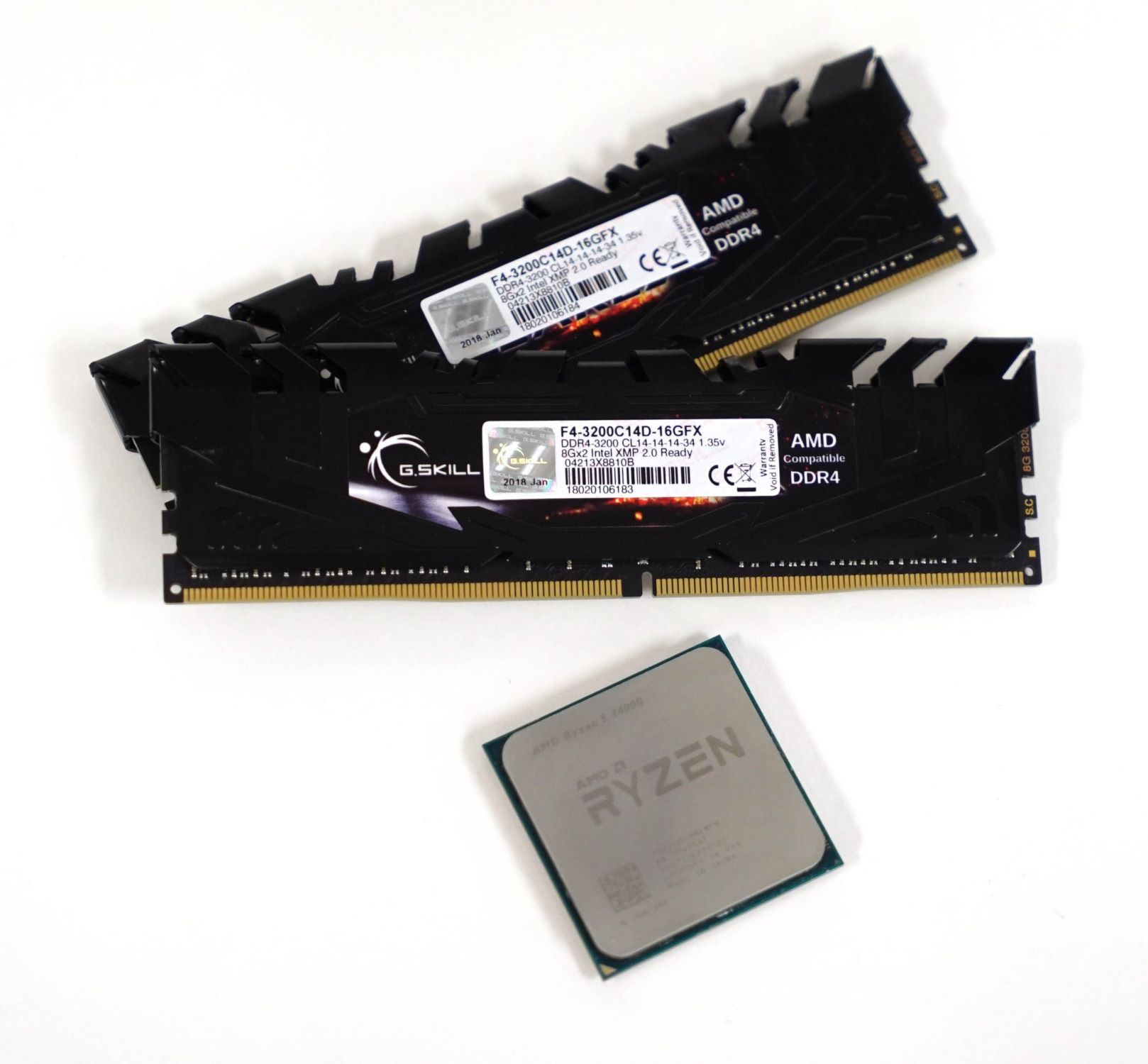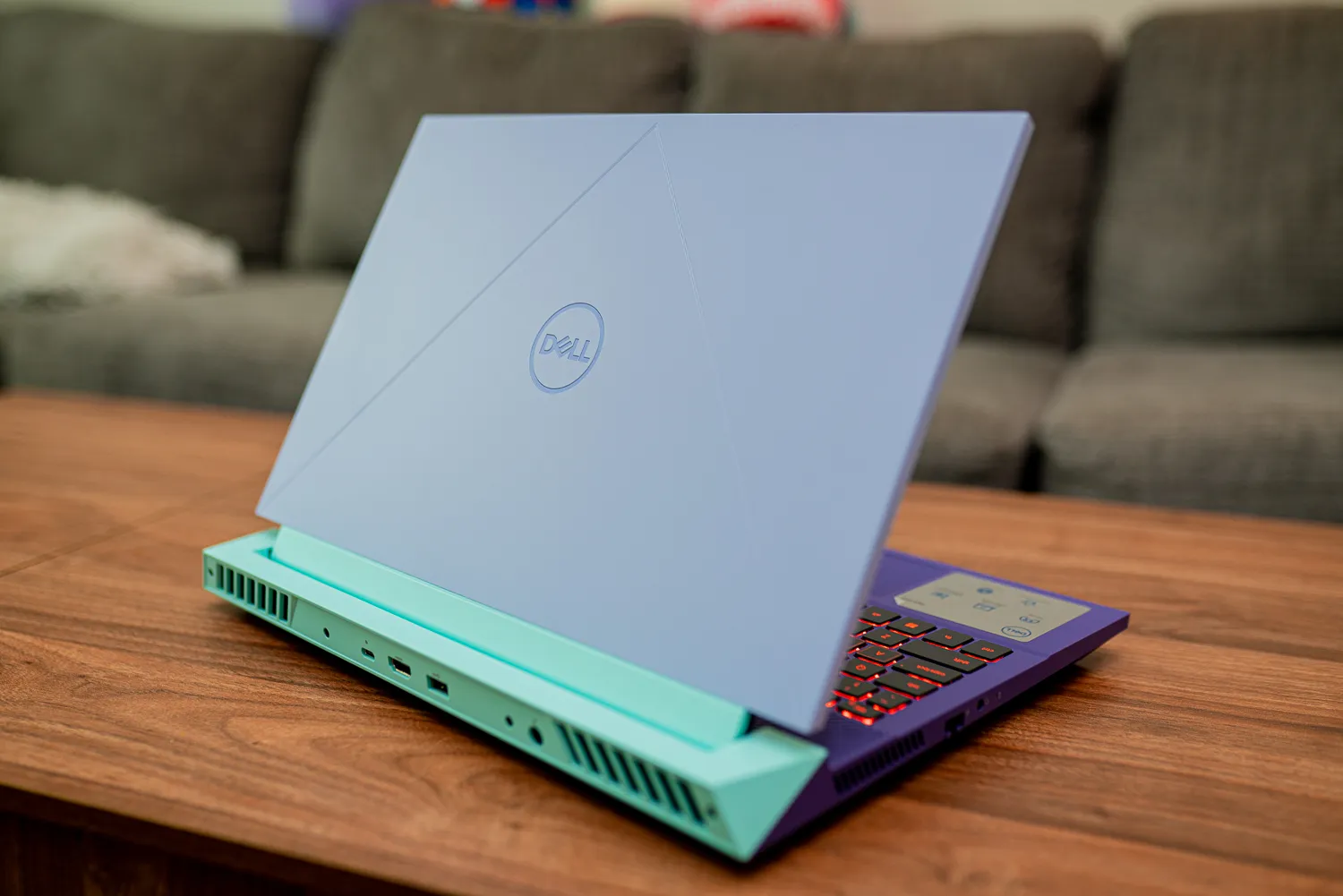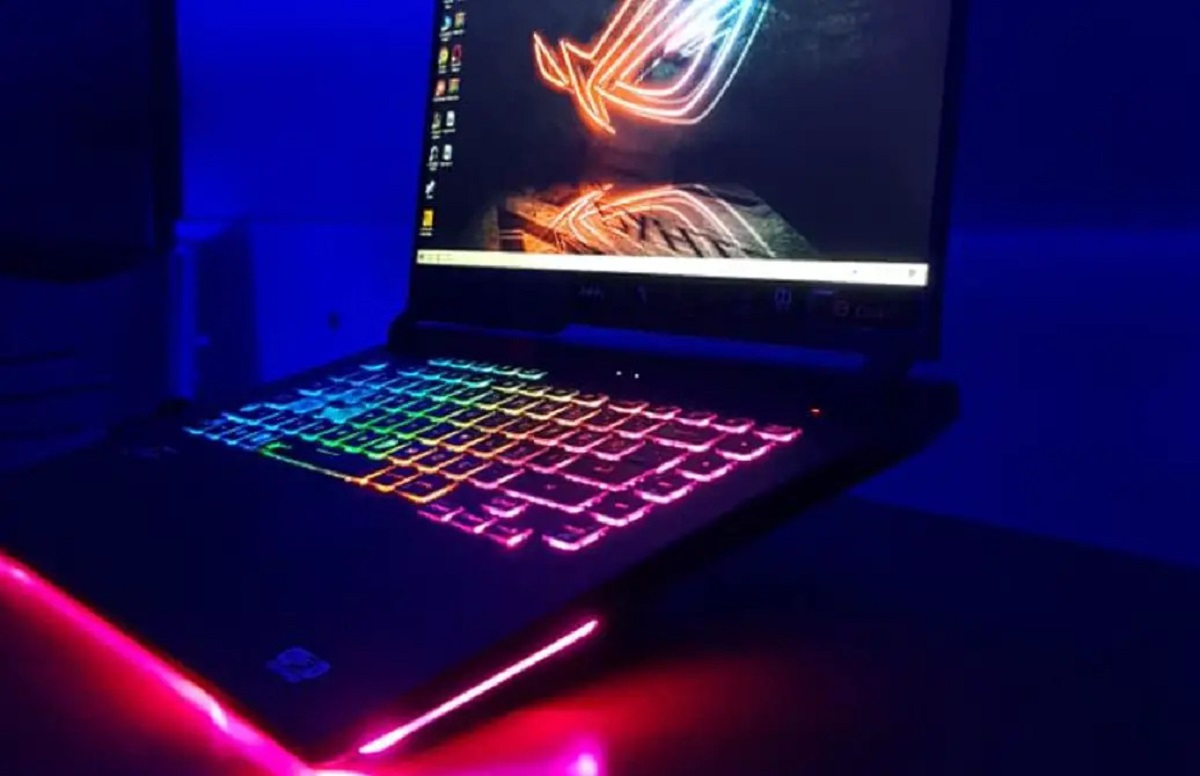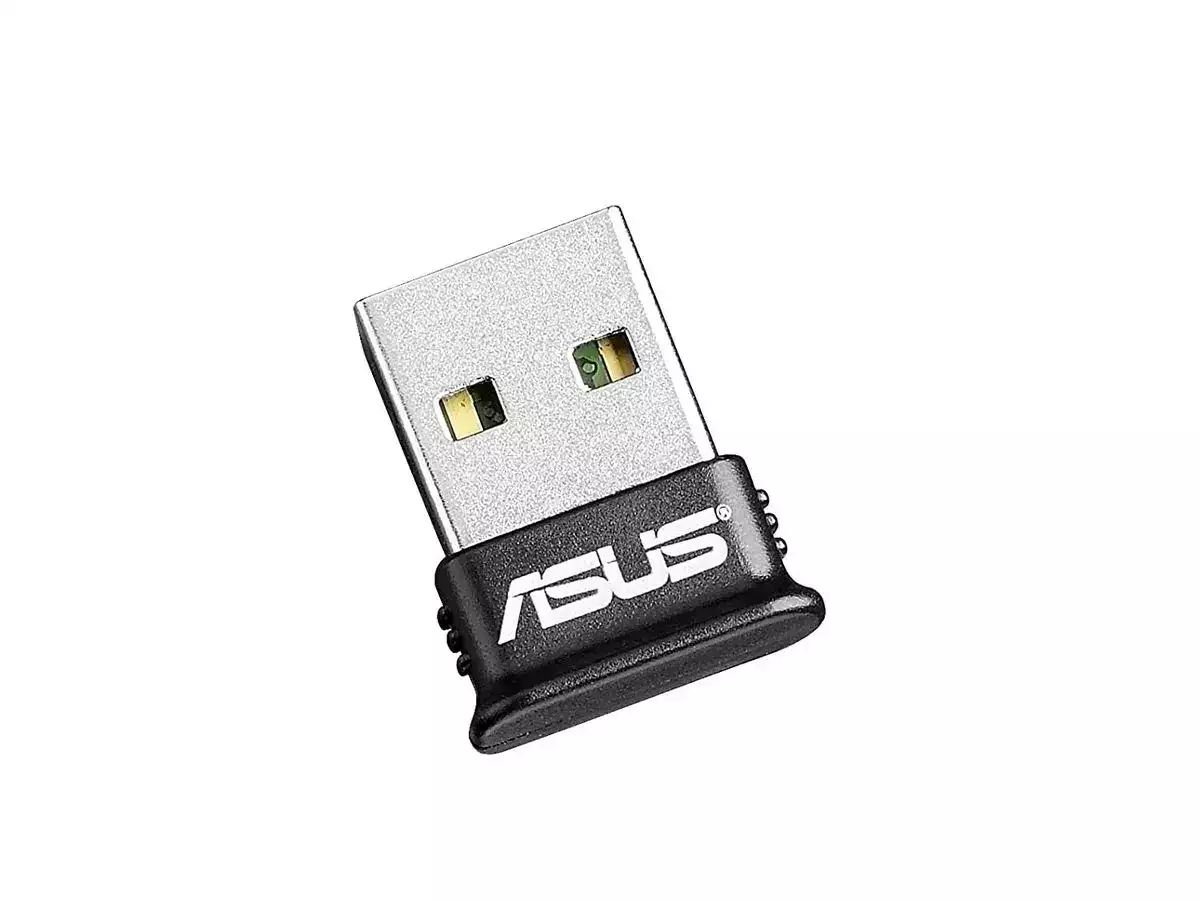Introduction
When it comes to choosing between Windows 10 and Windows 11, there are a number of factors to consider. Windows 10 has been the go-to operating system for millions of users since its release in 2015. However, with the recent release of Windows 11, many are now contemplating whether it’s time to make the switch.
Windows 11 brings a fresh and modern design, enhanced performance, and a range of new features. The question that arises is whether these improvements are enough to warrant upgrading from the tried and tested Windows 10.
In this article, we will compare Windows 10 and Windows 11 across various aspects to help you make an informed decision. We will look at their design and user interface, performance and speed, system requirements, gaming capabilities, productivity features, security and privacy, app store and compatibility, as well as updates and support.
Before we delve into the details, it’s important to note that both Windows 10 and Windows 11 have their own strengths and weaknesses. Your choice ultimately depends on your specific needs and preferences. So let’s dive in and explore the differences between the two operating systems.
Design and User Interface
The design and user interface of an operating system play a crucial role in the overall user experience. With Windows 11, Microsoft has introduced a new and sleek visual overhaul. The centerpiece of the new design is the centered Start Menu, which brings a fresh and modern look to the desktop.
Windows 10, on the other hand, features a more traditional design with a left-aligned Start Menu. While some users prefer the familiar layout of Windows 10, others find the centered Start Menu in Windows 11 to be more visually appealing and user-friendly.
Windows 11 also introduces rounded corners and smoother animations, giving the operating system a more polished and cohesive feel. The updated taskbar and system tray icons add to the overall modern aesthetic. Additionally, the new Snap Layouts feature in Windows 11 makes multitasking more intuitive and efficient by allowing users to easily arrange and organize multiple windows on the screen.
Both Windows 10 and Windows 11 offer dark mode options, allowing users to personalize their desktop and reduce eye strain. However, Windows 11 takes it a step further with its improved dark mode, which extends to the File Explorer and context menus, providing a more consistent and immersive experience.
While the design changes in Windows 11 may be visually appealing to many, some users may prefer the familiar and functional layout of Windows 10. It ultimately comes down to personal preference and whether you are willing to adapt to a new interface.
Performance and Speed
Performance and speed are crucial factors to consider when choosing an operating system. Windows 11 brings significant improvements in this aspect compared to its predecessor, Windows 10.
Windows 11 is optimized to take advantage of modern hardware, which results in improved performance and faster startup times. The operating system utilizes enhanced power management techniques, allowing for better battery life on laptops and tablets.
Windows 11 also introduces DirectStorage, a feature that enables faster loading times for games and applications by leveraging the power of NVMe solid-state drives (SSDs). This means that users can expect quicker game load times and smoother overall performance when gaming.
Moreover, Windows 11 introduces a more efficient multitasking experience. The new Snap Layouts and Snap Groups features make it easier to manage multiple windows, enhancing productivity and saving time. The improved virtual desktop functionality allows users to switch seamlessly between different workspaces, providing a smoother workflow.
While Windows 10 is no slouch in terms of performance, Windows 11’s optimizations and enhancements offer a noticeable improvement. However, it’s important to note that the performance gains of Windows 11 may be more noticeable on newer hardware. If you are currently using older hardware, the performance difference between the two operating systems may be less pronounced.
Ultimately, if you prioritize fast startup times, improved multitasking, and optimized gaming performance, Windows 11 is the better choice. However, if you are satisfied with the performance of Windows 10 and don’t have a need for the latest optimizations, Windows 10 can still meet your requirements.
System Requirements
When considering whether to upgrade to Windows 11, one important factor to consider is the system requirements. Windows 11 has stricter hardware requirements compared to Windows 10.
To run Windows 11, your computer needs to meet certain specifications. These include a compatible 64-bit processor with at least 1 GHz clock speed, 4 GB of RAM, and 64 GB of storage. Additionally, your device should have a DirectX 12 compatible graphics card and a display with at least 720p resolution.
One significant change with Windows 11 is the requirement for a Trusted Platform Module (TPM) version 2.0. This chip provides enhanced security features and helps protect against cyber threats. Although TPM 2.0 has been around for several years, older devices or those with unsupported hardware may not have this feature, making them unable to upgrade to Windows 11.
In contrast, Windows 10 has less stringent hardware requirements, making it accessible to a wider range of devices. Many older computers can still run Windows 10 smoothly, even with lower specifications.
If your current device meets the system requirements for Windows 11, upgrading can offer a more secure and optimized experience. However, if you are using an older device that doesn’t meet these requirements, sticking with Windows 10 may be the better option.
It’s worth noting that Microsoft has provided a PC Health Check tool that allows users to check if their device is compatible with Windows 11. This tool can help determine whether an upgrade is possible or if you need to continue using Windows 10.
Gaming Capabilities
For gaming enthusiasts, the gaming capabilities of an operating system are a crucial consideration. Both Windows 10 and Windows 11 are capable gaming platforms, but there are some notable differences between the two.
With Windows 11, Microsoft has focused on improving gaming performance and introducing new features. The addition of DirectStorage allows for faster game load times and improved overall performance, especially when paired with an NVMe SSD. This can result in a more immersive and seamless gaming experience.
Windows 11 also introduces Auto HDR, a feature that automatically enhances the visual quality of supported games by expanding the color range and improving contrast. This can breathe new life into older games and provide a more vibrant and engaging gaming experience.
Furthermore, Windows 11 offers enhanced support for gaming technologies such as DirectX 12 Ultimate and DirectML, which can result in more realistic graphics and improved performance in supported games.
While Windows 10 is also a capable gaming platform, it may not offer the same level of optimization and gaming-specific features as Windows 11. However, the difference in gaming performance between the two operating systems may not be significant on older hardware or when playing less demanding games.
Ultimately, if gaming is a priority for you and your hardware meets the requirements, upgrading to Windows 11 may offer a more enhanced and enjoyable gaming experience. On the other hand, if you are satisfied with the gaming performance on Windows 10 and your system doesn’t support the necessary hardware requirements for Windows 11, sticking with Windows 10 shouldn’t hinder your gaming experience.
Productivity Features
When it comes to productivity, both Windows 10 and Windows 11 offer a range of features to assist users in their day-to-day tasks. However, Windows 11 introduces several new productivity features that enhance the overall user experience.
One standout feature in Windows 11 is the redesigned Snap Layouts and Snap Groups. These features allow users to arrange and organize multiple windows on the screen effortlessly. It provides a more efficient multitasking experience, making it easier to work with multiple applications simultaneously.
Windows 11 also brings improvements to virtual desktops, allowing users to create separate workspaces for different tasks. This feature is particularly useful for individuals who need to switch between different projects or want to keep their work and personal tasks separate.
An added benefit of Windows 11 is the integration of Microsoft Teams. The taskbar now features a dedicated Teams icon, making it easier to access and communicate with colleagues, friends, or family members. This seamless integration enhances collaboration and communication, especially in remote work scenarios.
Windows 11 also offers enhanced touch and pen input capabilities. Whether you’re using a touch-enabled device or a compatible digital pen, the experience is more fluid and intuitive. This is particularly beneficial for individuals who rely on touch or pen input for note-taking, sketching, or graphic design work.
While Windows 10 also has productivity features such as virtual desktops and Snap Assist, Windows 11 refines and improves upon these features, providing a more user-friendly and streamlined experience.
If you prioritize productivity and value features that enhance multitasking, collaboration, and touch/pen input, upgrading to Windows 11 may be worth considering. However, if you are content with the existing productivity features in Windows 10 and don’t require the additional enhancements, Windows 10 can still meet your productivity needs effectively.
Security and Privacy
Security and privacy are of utmost importance when it comes to an operating system. Both Windows 10 and Windows 11 prioritize security and have implemented various features to protect user data. However, Windows 11 introduces some notable improvements in this area.
Windows 11 includes features such as secure boot, which helps protect against boot-time malware and unauthorized operating system loaders. It also enforces the use of TPM 2.0, adding an extra layer of security to your device.
Windows 11 offers enhanced integration with Microsoft Defender Antivirus, providing real-time protection against malware, viruses, and other threats. The updated operating system also includes improvements to Windows Hello, which allows for secure and password-free authentication through biometric methods such as facial recognition and fingerprint scanning.
In terms of privacy, Windows 11 gives users greater control over their data. It offers more transparent privacy settings, allowing users to easily manage and configure their privacy preferences. The operating system also provides options for disabling data collection and limiting personalized ads.
Additionally, Windows 11 includes support for Microsoft’s new Privacy Dashboard, providing users with a centralized location to manage their privacy settings and review the data that is being collected.
While Windows 10 also offers security features and privacy settings, Windows 11 takes it a step further with its enhanced security measures and improved transparency. If you prioritize security and value having more control over your privacy settings, Windows 11 may be the better choice.
It’s important to note that regardless of the operating system you choose, maintaining good security practices such as regularly updating your software, using strong passwords, and exercising caution while browsing the internet is crucial to keeping your data safe.
App Store and Compatibility
The availability of applications and compatibility with third-party software are important considerations when evaluating an operating system. Both Windows 10 and Windows 11 provide access to a vast array of applications and have similar compatibility with most software.
Windows 10 has a well-established and robust ecosystem of applications, with the Microsoft Store serving as the primary source for downloading and installing apps. It offers a wide range of applications across various categories, including productivity, multimedia, gaming, and more.
With Windows 11, Microsoft has introduced a redesigned and revamped Microsoft Store. The new store promises a more user-friendly interface, improved performance, and a broader selection of applications. Microsoft has also made it easier for developers to submit and distribute their apps on the platform, which may result in a more extensive app library in the future.
When it comes to compatibility, most software that runs on Windows 10 will also run on Windows 11. However, there may be cases where older or unsupported software may encounter compatibility issues or require updates to work seamlessly on Windows 11.
One notable change in Windows 11 is the ability to run Android apps directly on the operating system. Through the Microsoft Store, users will be able to access a selection of Android apps, expanding the app ecosystem and providing more options for users.
In terms of app availability and compatibility, both Windows 10 and Windows 11 offer solid options. However, Windows 11’s revamped app store and the inclusion of Android app support give it an edge in terms of future app development and expanded software compatibility.
Before upgrading to Windows 11, it is essential to check the compatibility of your existing applications and ensure that they will work seamlessly on the new operating system. This will help avoid any potential inconveniences or disruptions in your workflow.
Updates and Support
Regular updates and reliable support are crucial for the smooth functioning of an operating system. Both Windows 10 and Windows 11 offer updates and support, albeit with some differences.
Windows 10 has been around since 2015 and has seen multiple major updates and patches over the years. Microsoft has committed to supporting Windows 10 until October 14, 2025, which means users will continue to receive security updates and bug fixes during this period.
On the other hand, Windows 11 is the latest version of the operating system and is expected to receive long-term support from Microsoft. This means that users can expect regular updates, bug fixes, and new features for an extended period. Windows 11 incorporates a more seamless and simplified update process compared to its predecessor, making it easier to stay up to date with the latest patches and improvements.
In terms of support, both operating systems benefit from extensive online resources, forums, and communities where users can seek assistance and find solutions to their problems. Microsoft provides official support channels for both Windows 10 and Windows 11, including documentation, troubleshooting guides, and customer support services.
When it comes to future updates and support, Windows 11 is likely to receive more attention from Microsoft, as it is their latest flagship operating system. This means that users can expect a more focused effort in terms of addressing issues and introducing new features. However, Windows 10 will continue to receive support until 2025, making it a viable option for those who prefer to stick with a stable and mature operating system.
Ultimately, the choice between Windows 10 and Windows 11 in terms of updates and support depends on your preferences and how long you plan to use the operating system. If you value the latest features and ongoing support, Windows 11 is the recommended choice. However, if stability and long-term support are your priorities, Windows 10 may be the better option.
Conclusion
Choosing between Windows 10 and Windows 11 ultimately depends on your specific needs and preferences. Both operating systems offer their own set of advantages and improvements.
Windows 11 brings a fresh and modern design, improved performance, enhanced gaming capabilities, and new productivity features. It introduces a centered Start Menu, rounded corners, and smoother animations, giving the operating system a more polished and visually appealing look. Windows 11 also includes optimizations for faster startup times, improved multitasking, and support for the latest gaming technologies.
Windows 10, on the other hand, offers familiarity and compatibility with a wide range of hardware and software. It has a robust ecosystem of applications, and its performance is still solid, especially on older hardware. Windows 10 will continue to receive support and updates until 2025, making it a stable and viable option for those who prefer a more established operating system.
When considering an upgrade to Windows 11, it’s important to evaluate the system requirements of your hardware to ensure compatibility. Additionally, take into account your specific needs, such as gaming, productivity, security, and privacy. Assess whether the new features and improvements offered by Windows 11 align with your requirements and if the potential benefits outweigh the transition process.
Ultimately, the decision between Windows 10 and Windows 11 is a personal one. If you are looking for a modern and visually appealing operating system with improved performance and gaming capabilities, then Windows 11 may be the right choice for you. However, if you value stability, compatibility, and a mature ecosystem of applications, sticking with Windows 10 may be the better option.
Whichever operating system you choose, it’s important to remember that regular updates, proper security measures, and responsible computing practices are essential for a safe and efficient user experience.







